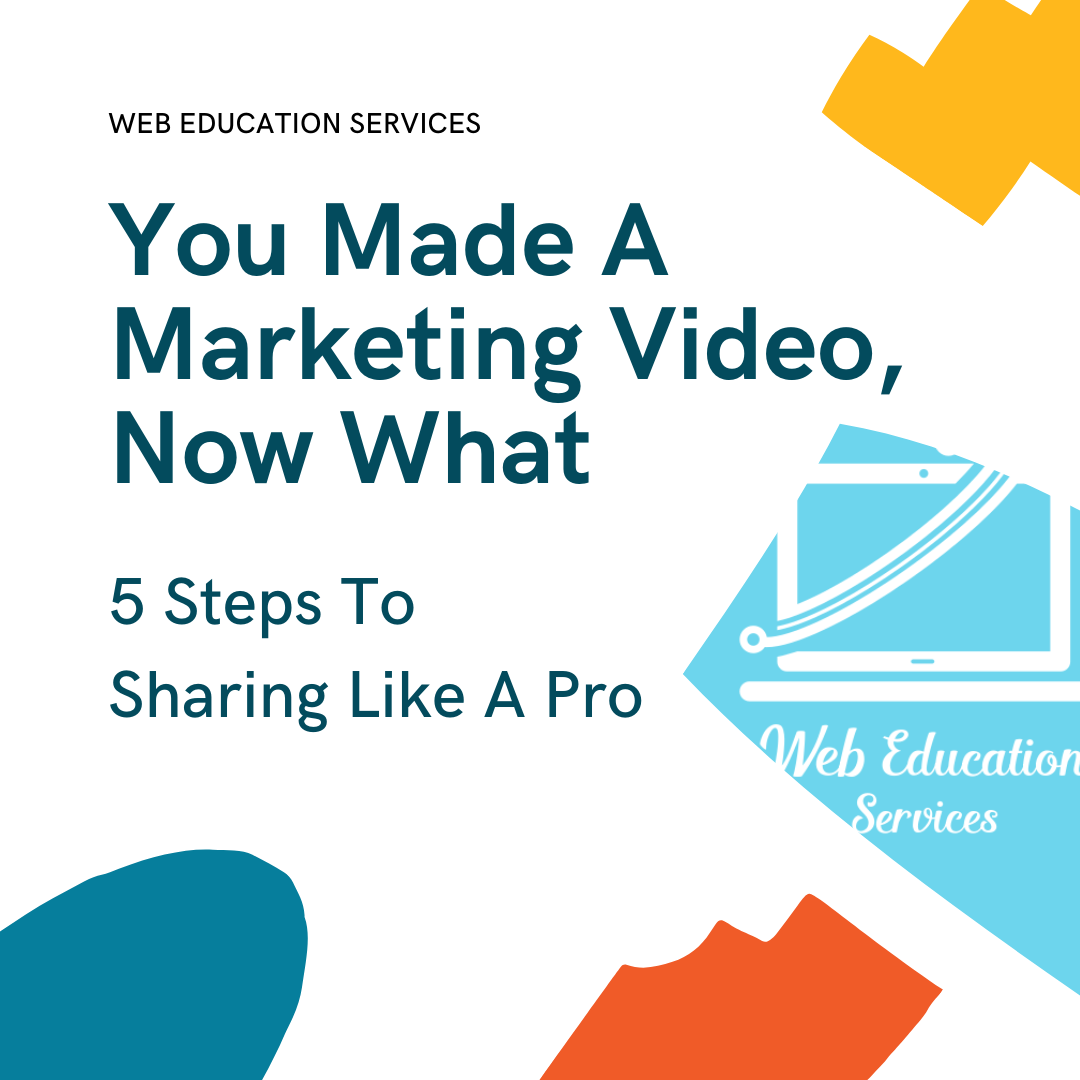You Made A Marketing Video, Now What | 5 Steps To Sharing Like A Pro
Step 1: Post to Youtube.
With
2 billion logged-in monthly users, 74% of adults active on YouTube, 80% of parents reporting their kids’ as active on YouTube, an average of 41.9 minutes per day per viewer, and average daily single user page views of 8.89, you probably want to make YouTube your first post immediately after recording that exciting new video.
YouTube also allows you to embed videos directly into your website. Embedding videos is a huge advantage for several reasons. 1st, the video is stored on YouTube’s servers, so it plays faster, and you don’t have to worry about load speeds. 2nd, you get some SEO juice from both your page and your YouTube channel! Win-win.
To learn how to post to YouTube, check out their
help article.
Step 2: Create a new page or a blog post on your website.
As stated in step 1, YouTube also allows you to embed videos directly into your website. This is a considerable advantage because of load speed and SEO. Depending on your website editor, there are several options for embedding YouTube videos. Contact your website developer for specific instructions. Or schedule a
support call with us, and we can help you figure it out.
Step 3: Email your prospects, customers, friends, subscribers, or whoever you think would be interested.
Now that your video is on your website, it is time to email that link to prospects, customers, friends, and subscribers. Your audience is ready as long as you think they are interested in the video and you have their email address. Remember, you want to send them to your website, not YouTube.
When you send your audience to YouTube, YouTube's objective is to get them to click and watch more videos. That click maybe your next video but that click may also be something else. If you send the person to your website, you control their options and next steps. Bonus to sending your audience to your website site... you can retarget with ads.
Our favorite application for sending marketing emails is Hubspot,
app.hubspot.com.
Step 4: Social Posts
Now it is time to spread the word even further! Facebook, Instagram, LinkedIn, Twitter, and Google My Business all have the ability to upload videos directly to their platforms. Your audience will get to watch the video right there on their preferred social platform without having to click away. Of course, you will want to entice them with a link to your website so they can take the next step.
For help setting up or posting to social media, go to
our checklist for step by step instructions.
Step 5: (optional) Digital Ads
If you think your video is stellar and can generate some great leads. Put some advertising dollars behind it! Google Ads and Facebook Ads tend to have the biggest bang for your advertising dollar. Google Ads even offers $100 in credits from your
Google My Business Profile. Check out the getting started articles below.
Now your video has a chance to start generating some leads! If you need any help, schedule a support call with us, and we can help you figure it out.
If you want to step up your marketing, check out our
marketing support program. For more great marketing tips, tricks and hacks,
subscribe to our blog.
Schedule a free planning session with one of our specialists.








